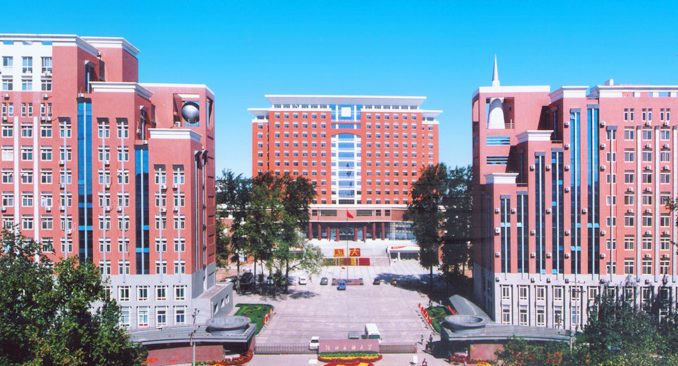
Osteoarthritis is the most prevalent type of arthritis with a high incidence in postmenopausal women which is associated with estrogen deficiency. In previous studies, estrogen reduces the severity of postmenopausal osteoarthritis, but increases the incidence of gynecological tumors. Therefore, estrogen substitutes therapy has newly become a hot topic in the research field of postmenopausal osteoarthritis.
Raloxifene is an estrogen substitute approved for prevention and treatment of postmenopausal osteoporosis. In the study published in BJBMS, the researchers from Hebei Medical University and North China University of Science and Technology evaluated the therapeutic effects of raloxifene on postmenopausal osteoarthritis, using sixty female Sprague-Dawley rats.
Serious cartilage destruction shown in the model of postmenopausal osteoarthritis was effectively retarded by raloxifene, which may be associated with the inhibition of the transforming growth factor-beta 1 (TGF-β1) overexpression in the cartilage and the improvement of subchondral bone health.
The dose of RAL used in this study is equivalent to the clinical dose. Therefore, our findings provide theoretical support for the clinical application of RAL in the prevention and treatment in postmenopausal osteoarthritis. Due to the differences in physiology and metabolism, the therapeutic effects of RAL in human OA need to be determined in clinical investigations.
Reference:
Editor: Edna Skopljak, MD
Leave a Reply